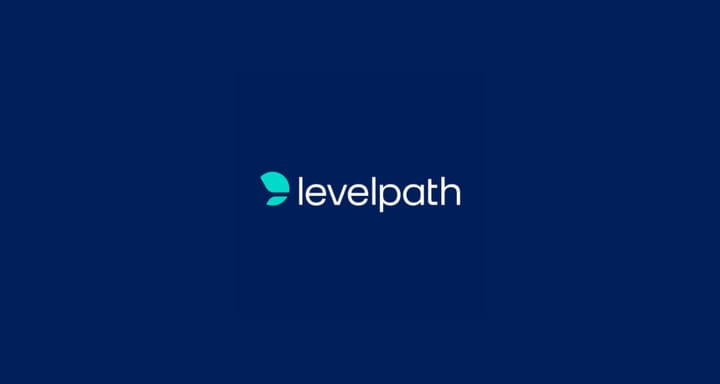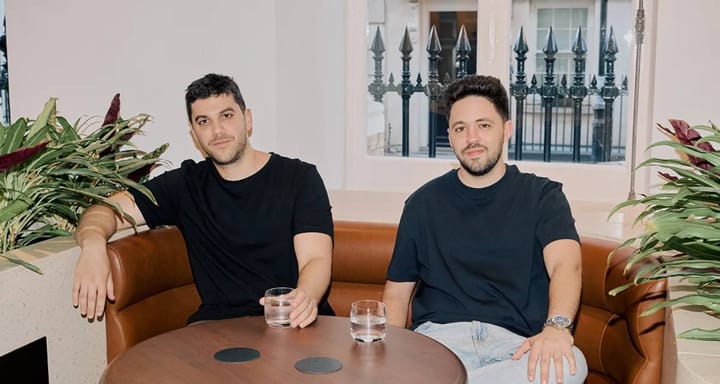Few Shot Prompting: How to Make AI Work Smarter (With a Little Help)
What is Few Shot Prompting and why does it matter.

As large language models (LLMs) like GPT become everyone’s go-to for tasks ranging from drafting professional emails to cranking out creative content, there’s one little hiccup: they don’t always nail it when facing something new.
This is the problem Few Shot Prompting is looking to solve.
What’s the Deal with Few Shot Prompting?
Few Shot Prompting is all about giving LLMs a nudge in the right direction by feeding them a few relevant examples before asking them to complete a task. Instead of tossing your AI model into the deep end and hoping it swims, you’re giving it a few floaties—examples it can learn from to boost the quality of its responses.
Picture this: You want the AI to craft a professional cover letter for you. Instead of crossing your fingers and typing "Write a cover letter," you feed it three top-tier cover letter examples. Suddenly, the AI has context—it can now mimic the tone, structure, and key details from those samples, ensuring your custom letter shines.
Why Does Few Shot Prompting Matter?
LLMs work with massive amounts of data, but they can get a little wobbly when asked to do something they’re not familiar with. This can be a deal-breaker for tasks where nuance, tone, or structure matters. With Few Shot Prompting, you’re reducing the chances of generic or off-the-mark answers, ensuring that what you get is more tailored and on point.
Think of it like training a new employee: you don’t just say, “Do this task.” You show them how it's done first, and then let them take a crack at it.
How Few Shot Prompting Works
Let’s say you want your AI to write a product description for a new smartphone. Instead of just saying, “Write a product description,” you give it a few examples to learn from:
- A laptop description focusing on battery life and sleek design.
- A tablet description highlighting display quality and portability.
- A smartwatch description that emphasizes fitness features and the user interface.
With these examples, you’re teaching the AI your preferences for tone, structure, and important details. It now has a clearer idea of what you want and can churn out a description that checks all your boxes.
The Future of LLM Optimization
Few Shot Prompting is just one piece of the puzzle in the world of LLM Optimization Techniques. As AI models continue to grow, the need for smarter, more effective prompting methods like this one is only going to skyrocket.
Here are a few other trends shaking up the AI world:
- Synthetic Data: Generating fake, high-quality data to train AI models so they can handle a wider range of tasks.
- Chain of Thought Prompting: Helping AI tackle complex problems by guiding it through step-by-step reasoning.
- Data Augmentation: Expanding training datasets by adding variations of existing data to make AI models more adaptable.
- Retrieval Augmented Generation: Giving LLMs the ability to pull in relevant info from external sources during the generation process, boosting accuracy and relevance.
Wrapping It Up
Few Shot Prompting is a game-changer for anyone working with AI, especially when it comes to getting reliable responses on new or complex tasks. By showing the model a few examples, you're setting it up for success and ensuring the output meets your needs.
As LLMs evolve, techniques like this help users (and companies) for getting the most out of AI.



